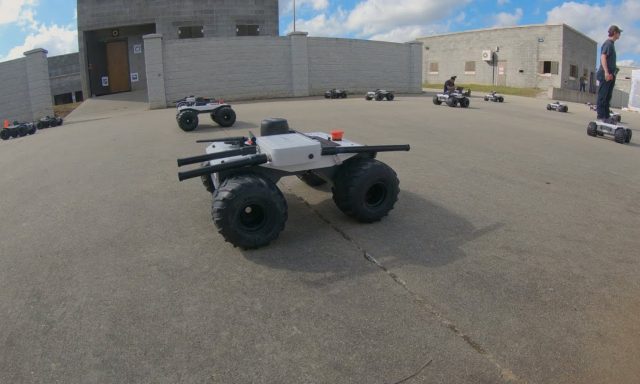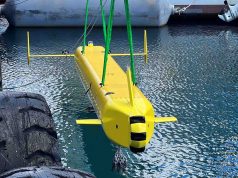The US Defense Advanced Research Projects Agency (DARPA) has awarded nine contracts for the next stage of its drone swarm project.
Under the contracts, the nine performers will begin work on the fifth swarm sprint for the OFFensive Swarm-Enabled Tactics (OFFSET) program.
The program envisions swarms of up to 250 collaborative autonomous systems providing insights to ground troops as they operate in dense urban environments.
OFFSET has five key thrust areas – swarm tactics, swarm autonomy, human-swarm teaming, virtual environment, and physical testbed – each sprint emphasizes one of those areas. The swarm sprints aim to encourage rapid innovation and continuous incorporation of the very latest technologies.
The fifth swarm sprint consists of two topic areas: physical testbed and swarm tactics. Swarm Sprinters in either topic will integrate their technologies into one or both of the OFFSET swarm systems architectures, and will further develop and demonstrate their innovative solutions in relevant field tests, planned for December 2020.
The organizations that received contracts for the fifth swarm sprint include the Michigan Technological University/Michigan Tech Research Institute, Johns Hopkins University, Applied Physics Laboratory, HDT Expeditionary Systems, Inc., Sentien Robotics, Texas A&M University, Charles River Analytics, Inc., Soar Technology, Inc., and Northwestern University.
The five performers in the physical testbed thrust area will focus on accelerating integration of hardware components to reduce deployment time for swarms, introduce new sensors for navigation and perception, employ aerodynamic fixed-wing aircraft into swarm operations, and enhance mobility of wheeled vehicles for urban settings.
The four performers in the swarm tactics thrust area will focus on the design and implementation of additional tactics employing a swarm of air and ground robots, and addressing specific mission objectives such as “seize key urban terrain within eight square city blocks over a mission duration of four-to-six hours.”
DARPA said examples of proposed tactics would include disrupting the opposition’s decision making, obfuscating swarm intent, updating maps of a dynamic environment, and maintaining the swarm’s communications indoors.



























